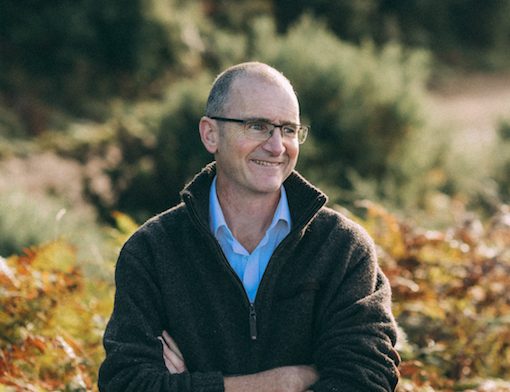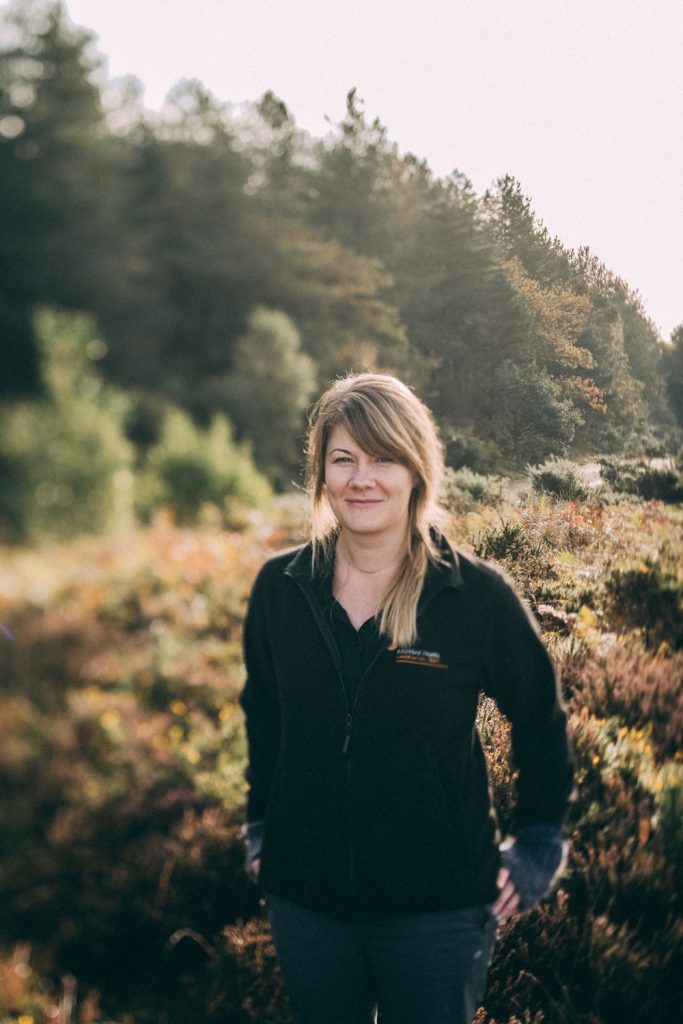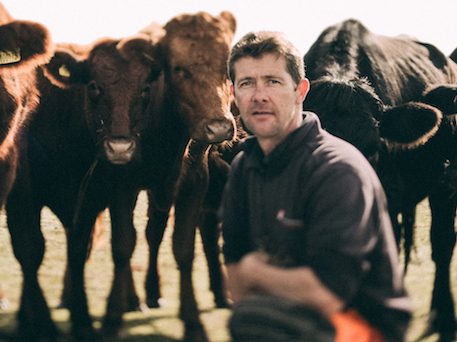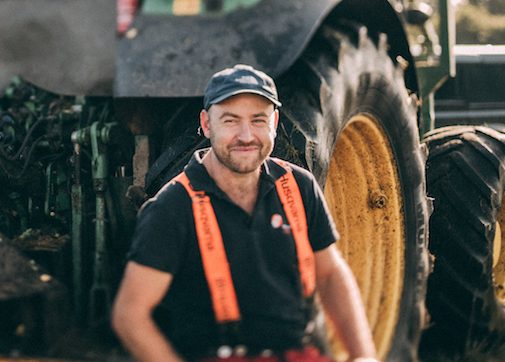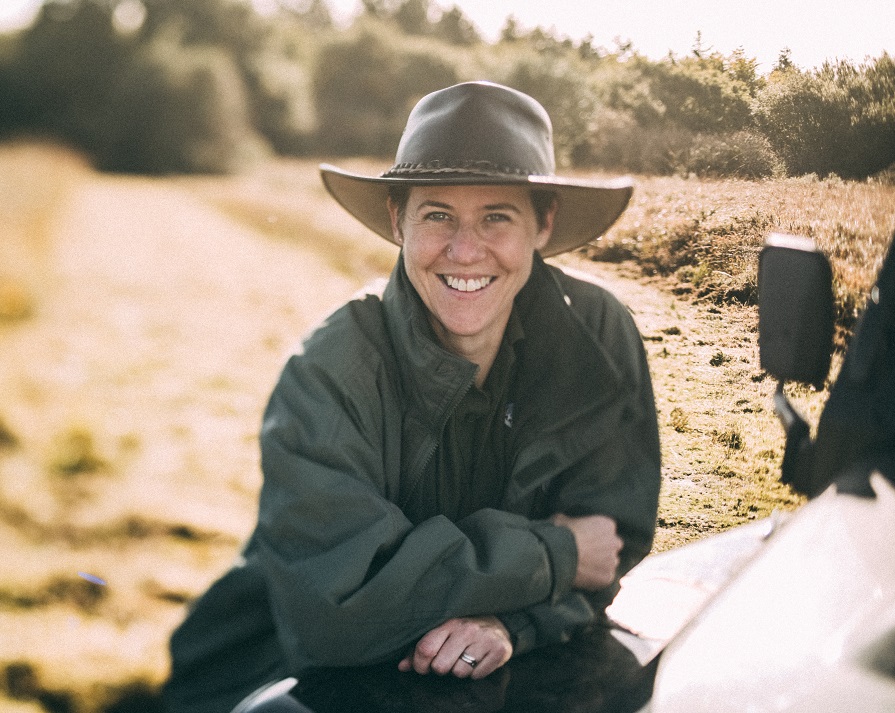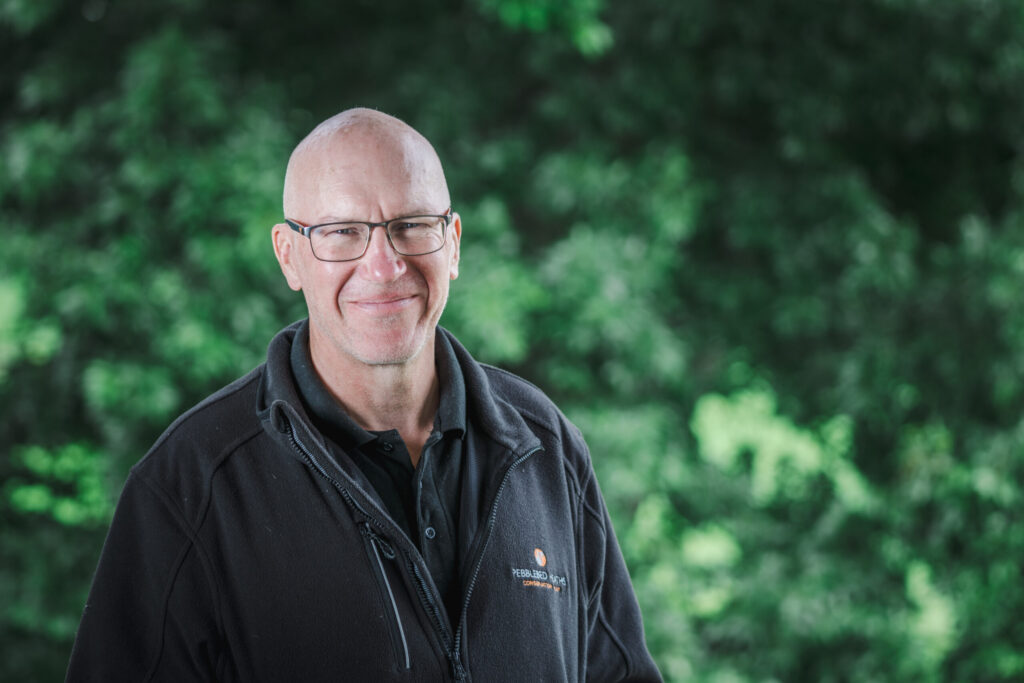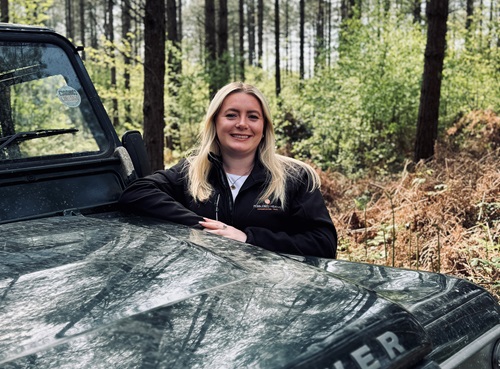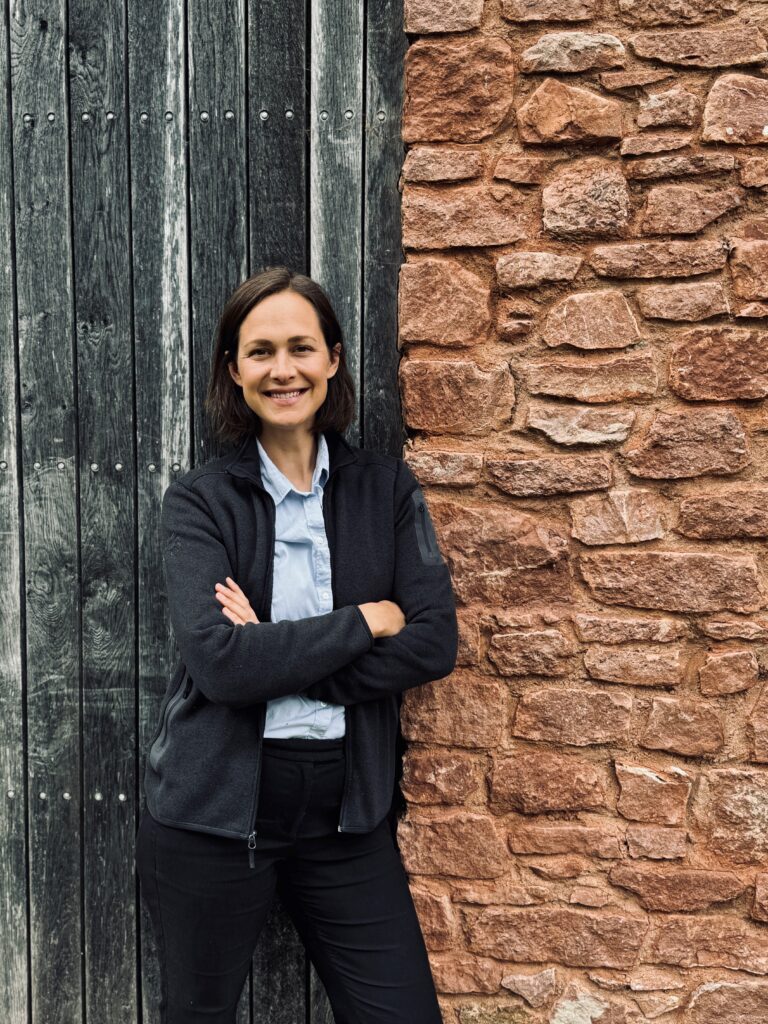The Pebblebed Heaths Conservation Trust was established by Clinton Devon Estates in 2006. Its creation was in response to increasing national and European recognition that lowland heathlands are a habitat rich in wildlife, are highly threatened, and require professional management to maximise their wildlife value.
The Conservation Trust has management responsibility for the East Devon Pebblebed Heaths and the Otter Estuary.
Our Charitable Objectives
To promote, for the benefit of the public, the conservation, protection and improvement of the physical and
natural environment of the East Devon Pebblebed Heaths and the Otter Estuary.
Our Vision for the Pebblebed Heaths and the Otter Estuary
Places whose special qualities and rich history are understood by all; whose ecosystems are resilient, and where wildlife can flourish and adapt in the face of a changing climate; places where society’s ever-changing needs for recreation, health and learning can be fulfilled; places where we can all have confidence in its stewardship for future generations.
Our team
Conservation Trust
The Pebblebed Heaths Conservation Trust is an environmental charity, first established by Clinton Devon
Estates in 2006 to protect the heath’s unique ecosystem. It forms part of a conservation group, which includes
a Land Management Company.
Governance of the Conservation Trust is overseen by a Board of Trustees, comprising of Lord Clinton, John
Varley, Andrew Cooper, David Robinson, Michael Williams, Peter Gotham, Noel Manns, Peter Nixon and Charlotte Walliker.
The Directors of the associated Land Management Company are the Hon. Charles Fane Trefusis, Mr. John Varley, Mr. David Cobb and Mr. John Wilding.
The charity registration number is 1109514 and the company registration number is 5413877.
Aims of the Trust
Our primary aim is to steward the Pebblebed Heaths for the benefit of its wildlife and to promote public enjoyment, appreciation and understanding of this unique habitat.
Our Objectives
- Management of the heath is based on recognised best practice and sound scientific knowledge
- Our staff are trained to the highest level and are respected as leaders in conservation
- All habitats and species under the care of the Trust are in a favourable conservation status, with a strong biological monitoring programme to support decision making
- A strong sense of environmental stewardship exists within our local communities, who fully support and are engaged with the activities of the Trust
- Sufficient financial resilience and fundraising capability exists within the Trust to ensure the sustainability of management
Funding & conservation partners
Volunteers & friends
The Conservation Trust’s most important partner is the public. Thousands of people visit
the Pebblebed Heaths and the Otter Estuary on a daily basis and their support is vital in protecting and
managing this environment.
A team of volunteers assist the Conservation Trust annually, undertaking wildlife surveys and supporting
important conservation work, such as scrub clearance and path repair.
Conservation Trust
How to Volunteer
There are a number of volunteering opportunities with the Conservation Trust. Work parties meet every other Wednesday between 09:30 and 15:30, although our volunteers are welcome to join us for as long as they would like.
All tools are provided and no experience is necessary – enthusiasm and a packed lunch are all that is required! All of our volunteers are different, which is why the Conservation Trust aims to provide opportunities that suit a broad range of skills and are conscious of the time people can afford to offer.
Whether your interests lie in environmental education, record keeping, mapping, biodiversity monitoring or essential practical work, we would love to hear from you and welcome you to a passionate team dedicated to the protection of this wonderful part of the world.
For more information on the volunteering opportunities the Conservation Trust offers, please contact Kate Ponting, Countryside Learning Officer.
Become a Friend of the Common
Our Friends of the Common group has over 800 members, all of whom ensure that the Conservation Trust continues to develop with public support.
Membership is free, with members regularly updated of the work of the Conservation Trust and given the opportunity to influence the future direction of the Trust and its activities. You will be directly contacted about new initiatives, as well as enjoy wildlife and training events that are only available to Friends of the Common.
For more information about becoming a Friend of the Common, please contact Kate Ponting, Countryside Learning Officer.
Projects
Pebblebeds for all – a place where people and nature thrive
“Pebblebeds For All” – a place where people and nature thrive” is an exciting 3-year project led by the Pebblebed Heaths Conservation Trust which launched in January 2024 and concludes in December 2026.
The Pebblebeds For All project has been supported with more than £190,000 by The National Lottery Heritage Fund thanks to money raised by National Lottery players. The total value of the project exceeds £340,000, with a contribution from the East Devon Pebblebed Heaths Conservation Trust of over £150,000.
The Pebblebeds for All project will ensure the Pebblebed Heaths National Nature Reserve is inclusive and accessible. Improving access, engagement, and education opportunities with a wide range of stakeholders was identified as a priority in the recently developed Pebblebed Heaths National Nature Reserve (NNR) Master Plan. Existing and new visitors will be given opportunities to deepen their connections with this special conservation site and take positive action for nature.
Project Objectives:
- Connect individuals, groups, and businesses to the special qualities of the Pebblebed Heaths – building and re-affirming strong and meaningful relationships with the unique heritage, habitats and wildlife of this special place.
- Provide new opportunities to enable a broader range of people to take positive actions for nature on this nationally important conservation area.
- Strengthen local pride in the Pebblebed Heaths NNR and enhance understanding of the vital role it plays in supporting the social, economic, health and wellbeing of people across East Devon.
- Create a culture of responsible enjoyment for all so local people feel connected, confident, and skilled to play their part, ensuring this unique heritage is protected today and for the future.
This project is currently in its set up phase. We look forward to sharing more information about how people can get involved with this project in the coming months.
Please click the buttons below for the latest project updates.
Support us
The Pebblebed Heaths National Nature Reserves welcomes over one million visits each year, with visitors enjoying 1,400 hectares of spectacular lowland heaths and the Otter Estuary. The rare and unusual wildlife and rich archaeological history found on the site are unique.
We work to manage the thriving habitats and protect the wildlife whilst enabling visitors to access these exceptional reserves. Through the provision of parking and walking trails, investment in the care of the landscape and offering a wide range of events, we care deeply about sharing these special places with our wider communities.
Pebblebed Heaths Conservation Trust is a registered charity and we are grateful to the many people who contribute towards safeguarding and enhancing this unique landscape.
We welcome donations which all go towards protecting the unique ecosystems of the Pebblebed Heaths and the Otter Estuary. We currently use JustGiving to manage our donations. Please click the link below to make a gift.
Thank you so much for your support!
If you would like to discuss making a large gift to make a strategic impact, leaving a legacy or supporting us in other ways, our Fundraising Manager, Claire Jones, would love to hear from you. Please contact Claire at [email protected] or 01395 443881.
